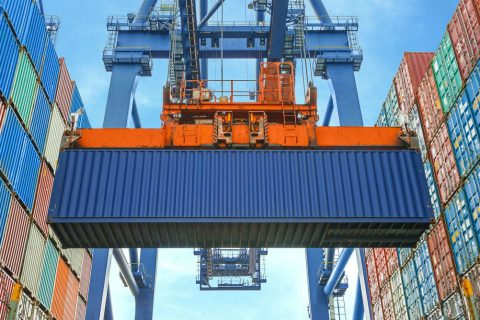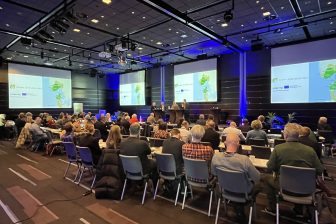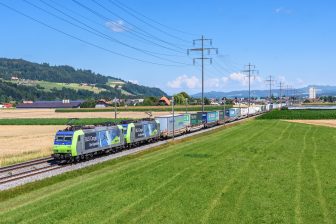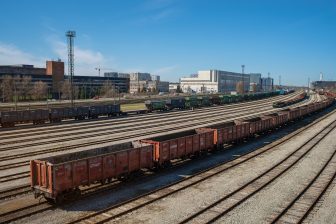
Surge in container freight Port of Rotterdam
The number of containers handled by the Port of Rotterdam witnessed a year-on-year increase by 10,1 per cent during the first nine months of 2017. 10,2 million TEU container traffic passed the port this year so far.
The overall trans-shipment of freight at the Dutch port saw a year-on-year increase of two per cent. While containers proved to be the biggest push factor, growth was also generated by breakbulk and agribulk. Fluid cargo such as oil saw a decline in volumes shipped through the harbor.
Success factor
A favourable position of the Port of Rotterdam on the new routes of large shipping companies has contributed to the growth, in addition to increased capacity and productivity of the Maasvlakte 2 terminals and a general growth in freight shipment in Europe. Especially the second half of 2017 witnessed a surge in container traffic with record numbers. Moreover, the transfer of full containers increased at higher rates than the handling of empty containers.
Volume growth in container shipment is an important success factor for the Dutch port, which fiercely competes with Antwerp and Hamburg for a dominant position on the freight market within the Hamburg-Le Havre (HLH) range, a term used to group the most important ports in North-West Europe. The Port of Rotterdam has held a share of 30,9 per cent of this market, a position it is guaranteed to maintain with its current growth rate.





